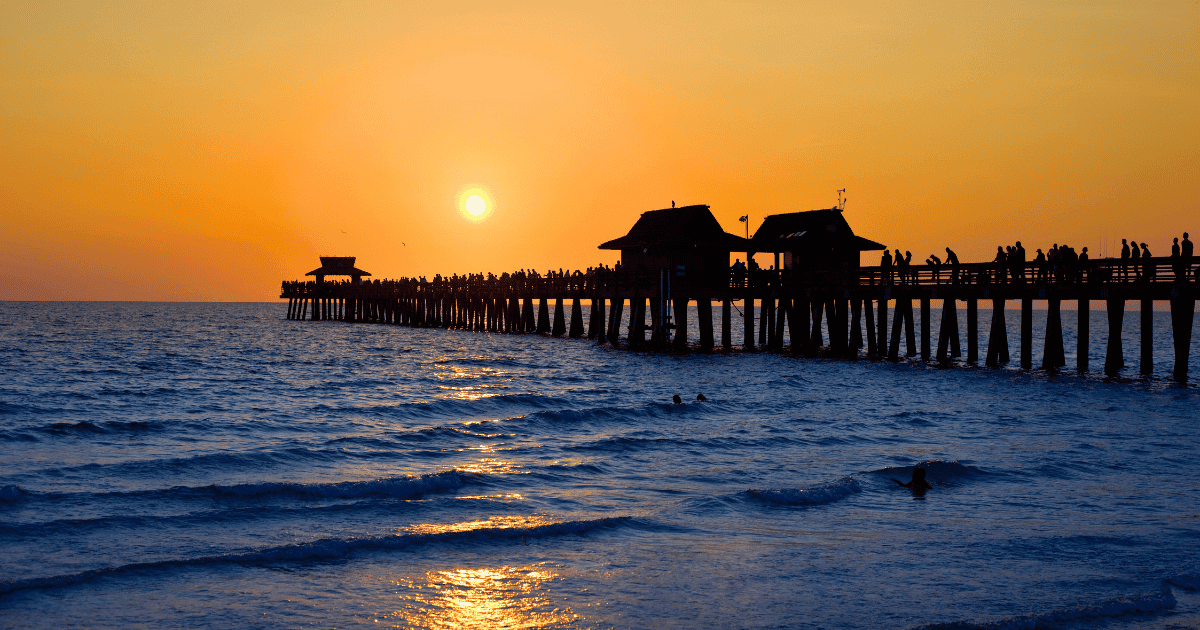Discover American-Made Rum
From the Pacific Ocean on the west to the Atlantic Ocean on the east, the United States covers nearly every global climate. From Rocky Mountain rum to colonial New England, there’s rum made across these lands. To begin this adventure, let’s start with an overview of the geography of America going west to east.
Pacific: Cool currents and mists of the Pacific Ocean sweep across the West Coast, which has towering redwoods, fertile valleys, and dramatic mountain ranges. Alaska in the far northwest has towering mountains, immense glaciers, vast tundra regions, and a rugged coastline. Far into the Pacific Ocean are the volcanic and tropical islands of Hawaii.
Rockies: The Rocky Mountains, a massive mountain range stretching from Canada to Mexico, bring dramatic scenery and high altitudes with cold, snowy winters and cool summers.
Midwest: The Great Plains stretching from Texas north to Canada is known for its vast fertile plains and continental climate with hot, humid summers and cold, snowy winters, the Midwest is a major agricultural producer.
South East: This region enjoys a humid subtropical climate with hot, muggy summers and mild winters, with diverse landscapes ranging from coastal plains and wetlands to rolling hills and the Appalachian Mountains.
South West: Arid deserts, towering mesas, and scorching summers define the Southwest’s climate, with mild winters offering a welcome respite.
North East: Defined by its four distinct seasons, the North East experiences cold, snowy winters and warm, humid summers, with a landscape of rolling hills, rocky coastlines, and vast deciduous forests.
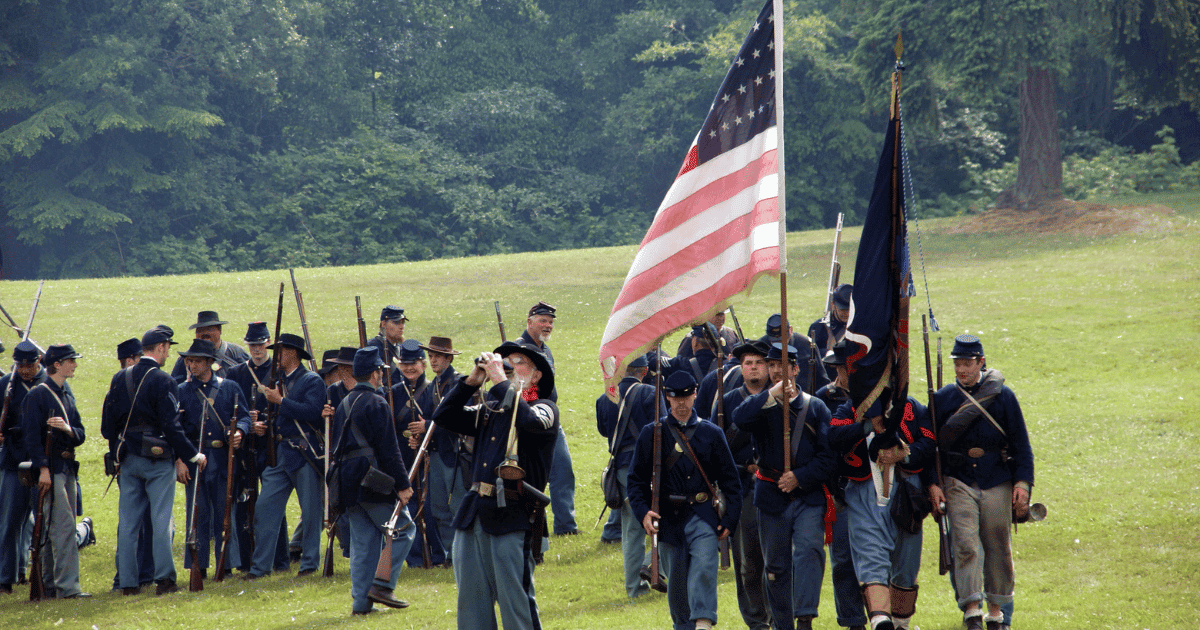
Revolutionary Spirit
Rum isn’t just a drink; it was a cornerstone of colonial America. From the mid-1600s to the early 1800s, New England the cradle of American rum thrived as a rum-distilling powerhouse, fueled on a steady supply of molasses from the West Indies. This industry flourished thanks to factors like competition with French brandy and colonists defying British trade restrictions like the Molasses Act, leading to a thriving smuggling network. Rum even played a role in the American Revolution, with alliances formed against Britain due to shared economic interests.
The tide turned after the Revolution. Limited access to molasses and the abundance of corn in the US paved the way for whiskey’s rise. While rum’s dominance faded in the 19th century due to these factors and anti-alcohol movements, it never truly disappeared. Prohibition severely impacted domestic distilling, but the golden era of Cuban cocktails in the 1920s and the subsequent rise of Tiki culture in the mid-20th century rekindled interest in rum.
Finally, the craft distilling boom of the 2000s brought rum production back to most major towns in America. Today, with over 500 rum brands boasting diverse styles and innovative expressions, the American rum scene is experiencing a significant comeback, proving that the spirit of rum truly has an enduring legacy in the United States.
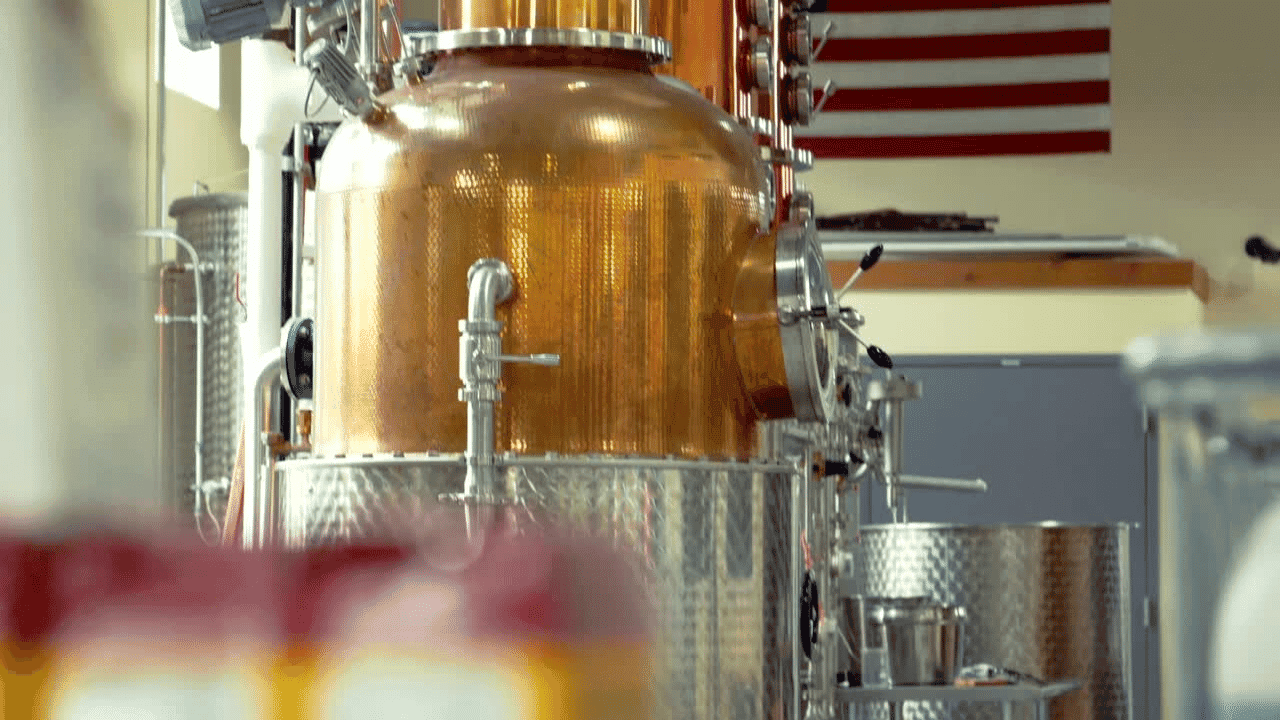
Stars And Strip Runs
The American craft rum movement is flourishing nationwide, with innovative distilleries popping up from coast to coast. From California’s Essential Spirits Alambic Distilleries to Richland Rum in Georgia commitment to quality rum. From Montanya’s Colorado mountain rum to Privateer rum Queen share rum, there are styles to explore. Hawaii reintroduced cane juice rum and Arizona distillers have trailblazed consistency in multiple World’s Best Rums awards. The Sugar State Louisiana’s cane fields supply local distillers and afar. There’s Pittsburgh’s Maggie’s Farm Rum Distillery, and Railean, the first legal rum distillery in Texas. The craft rum movement can be seen from Alaska to the tip of Key West in the sunshine state of Florida.
In this article, we introduce an overview of all 50 states that produce rum today.
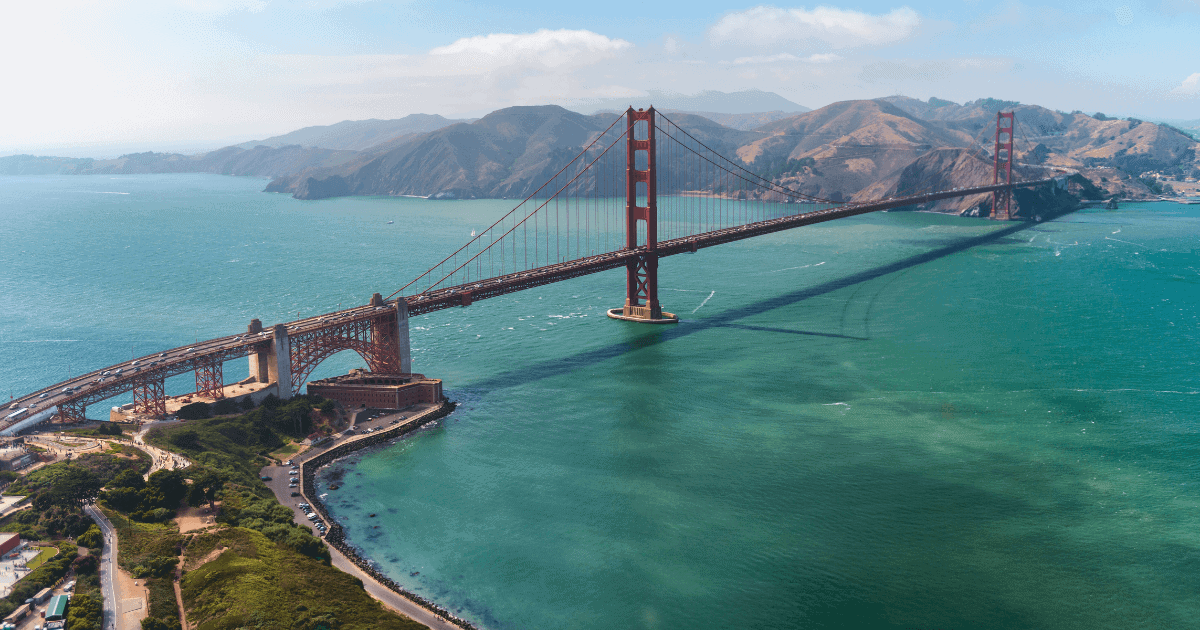
The Pacific Coast
Hawaii‘s rum scene has a backdrop of misty plateaus, ocean cliffs, tropical cane fields, fern-covered slopes, and often snow-capped volcanoes. Heirloom sugarcane varieties were reintroduced, and distilleries have been producing rum since 2009.
Washington‘s Pacific Northwest has the Cascade Mountains, lush forests, fertile valleys, and the marine-influenced Puget Sound. While the state is better known for hops, early settlers dabbled in rum distilling, with a peak in the 1870s. Prohibition saw rum runners using boats to navigate the extensive coastline, smuggling liquor from Canada. In 2013, rum distilleries opened, reviving the craft scene.
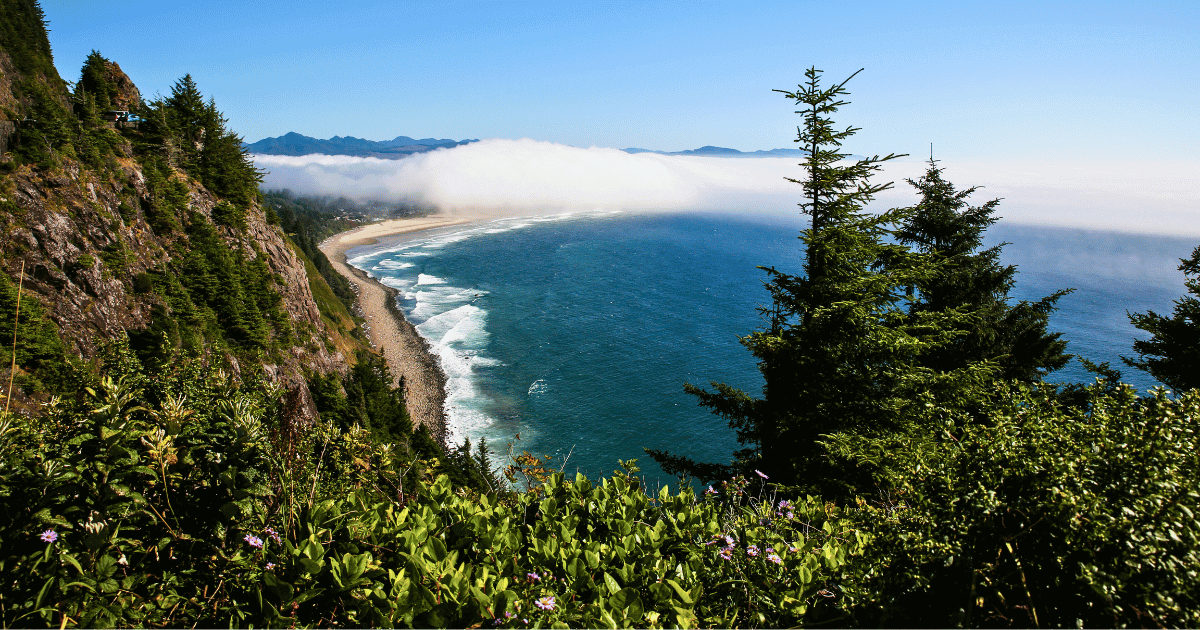
Oregon is a state known for its Pacific Northwest mountains, forests, and rich coastline. It has a cool climate not suited for sugarcane. In the 1800s, the state boomed with the lure of gold and free land, attracting people who worked on railroads and lumber. Interestingly, Oregon Pine (Douglas Fir) is used for many rum distillery fermentation vats. During Prohibition, rum-running thrived, with “floating islands” of liquor from Canada anchoring off the Oregon coast. The state’s rum distilling was revived in 1998.
California‘s geography is a mix of mountains, coastline, and a large arid valley in the central region, not ideal for sugarcane cultivation. Grapes have dominated since the arrival of Franciscan monks and European settlers. However, the Bay Area boasts the oldest craft distillery in the state, established in 1982 and producing rum. Inspired by the 2003 craft beer revolution that made San Diego the “Capital of Craft,” California is now experiencing a wave of new rum producers.
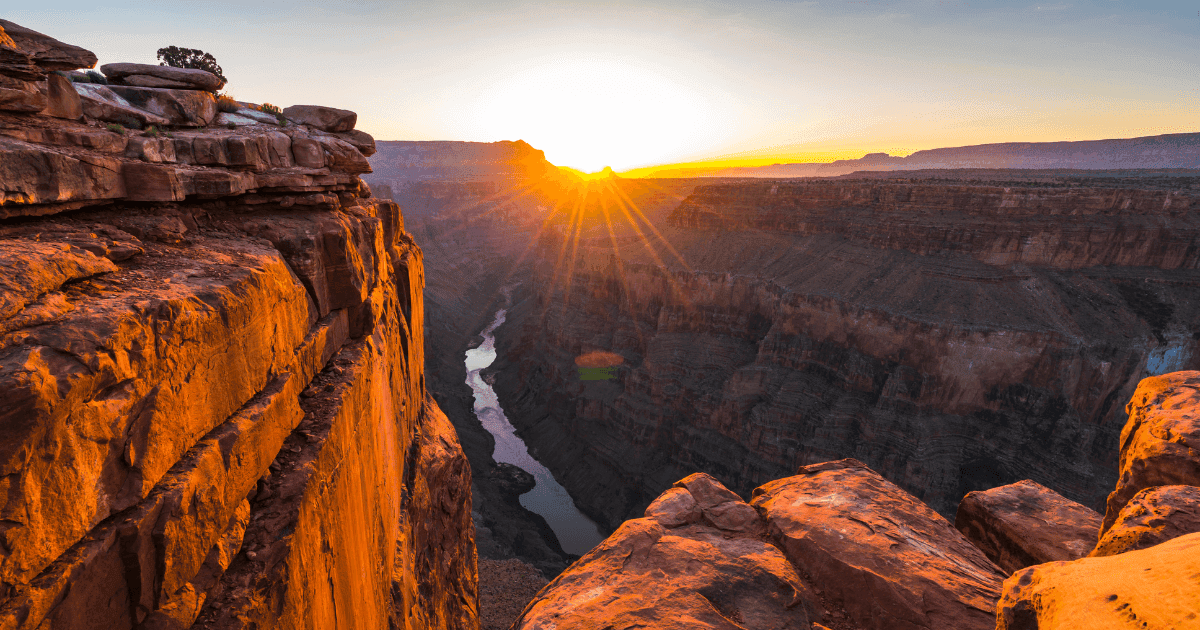
South West
Arizona, the Grand Canyon State has an arid climate of mountains, plateaus, and deserts not suited to sugarcane but does have a thriving craft rum scene. In 2008, the state’s oldest craft distillery established itself and has been producing award-winning rums ever since. The unique desert environment and innovative spirit of Arizona’s distillers are sure to surprise you!
New Mexico, the Land of Enchantment has deserts, high plains, and mountains. It might seem like an unlikely place for rum, but its vibrant rum scene is flourishing. The Spanish arrived in 1598, leaving a lasting impact on the state’s culture, including its embrace of distilled spirits. In 2012, Albuquerque saw the birth of a modern rum distillery, and since then, New Mexico has become a hotspot for unique and flavourful rums.
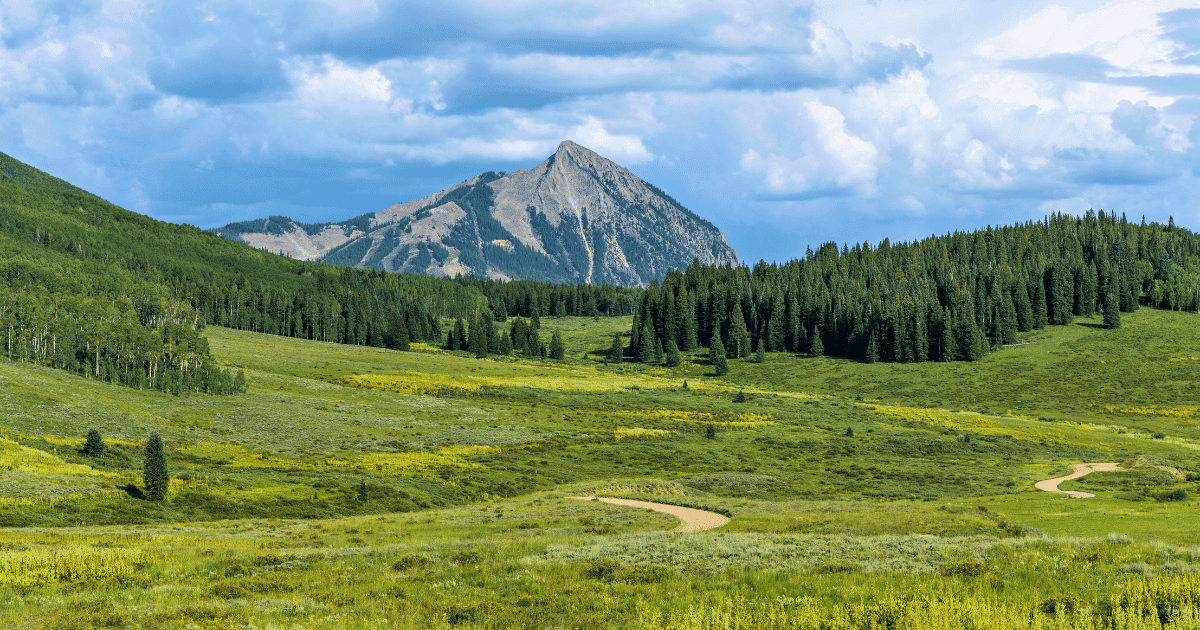
The Rockies
Utah has an arid climate with dramatic landforms with deserts, plateaus, the southern Rocky Mountains, and the Great Salt Lake. The Beehive State has a fascinating history with alcohol. While Mormon pioneers established 37 distilleries by 1869 in Salt Lake Valley, the state strongly supported Prohibition and was the last to repeal it. However, this didn’t stop the entrepreneurial spirit. In 2013, a new rum distillery kickstarted the modern era revival in Salt Lake City, showcasing Utah’s potential for innovative rum production.
Colorado’s craft rum scene flourishes in the cool climate of the Rocky Mountains and high plains. Molasses is often sourced from Louisiana, but the innovative spirit of Colorado distillers shines through in their unique rums. Born in 2008 in Crested Butte, with pioneers like Montanya Rum leading the way, Colorado rum is now enjoyed across the states and beyond Mountain Time.
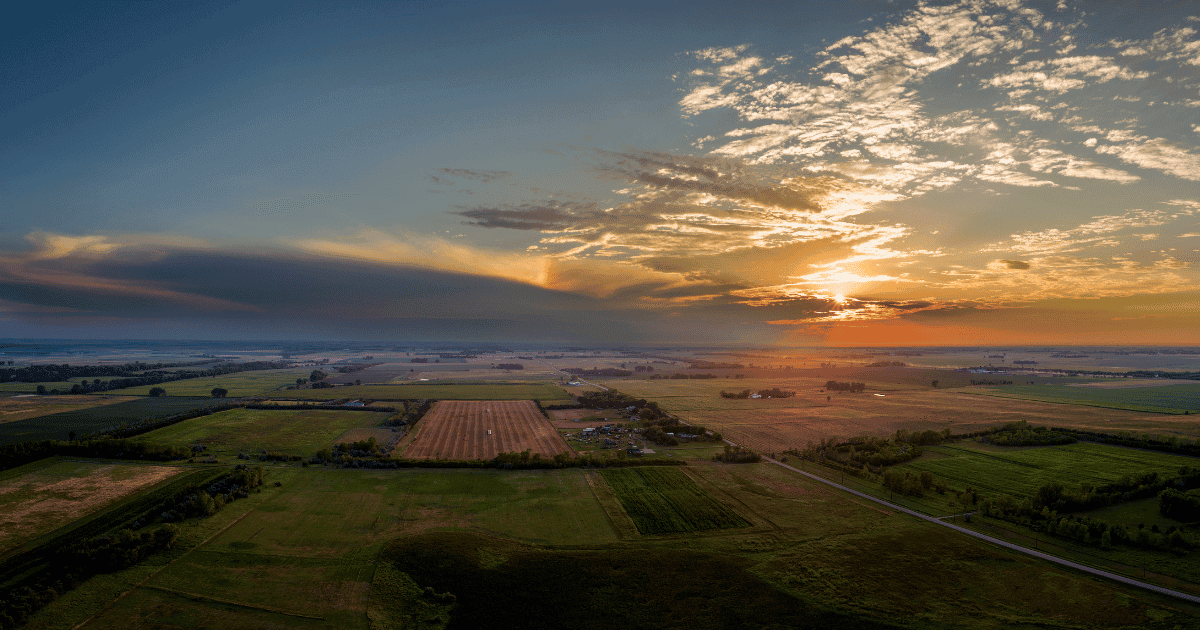
Midwest
Wisconsin, the Badger State has the Great Lakes, lush northern forests, and fertile plains that define Wisconsin’s landscape. Nicknamed the “Badger State,” it was once a lead mining centre, not for the animals. Distilling has a rich history here, with a peak of 296 distilleries in 1870. While German settlers and temperance movements made Milwaukee the “Beer Capital of the World,” rum has a place too. Prohibition saw rum running from Canada supply city speakeasies. In 2004, a new distillery revived craft distilling and introduced rum to Wisconsin once again.
Texas is a vast land of diverse landscapes, from mountain ranges and deserts to rolling hills, prairies, and the Gulf Coast. The subtropical to arid climate allows for sugarcane cultivation, which peaked in the 1850s, earning the region the nickname “Sugar Bowl.” Rum running thrived along the Mexican border and Gulf Coast during Prohibition. In 2006, a rum distillery established in San Leon kickstarted a state-wide rum revival, showcasing the potential of Texas rum.
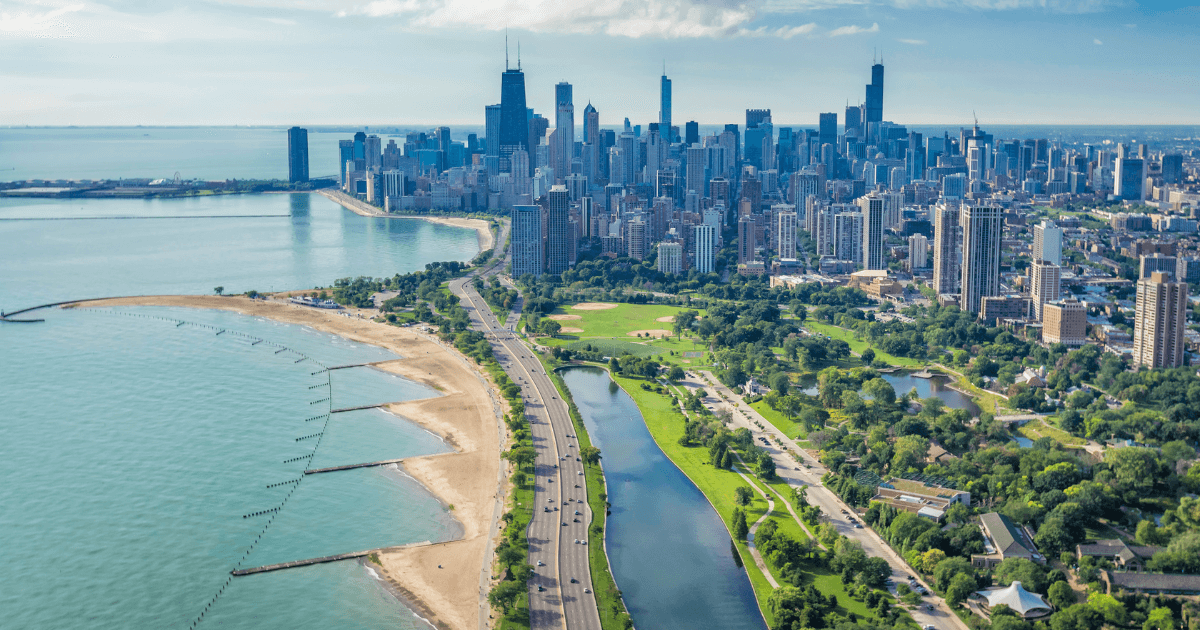
Illinois was the crossroads of rum running in its past. Vast prairies, fertile farmland, and mighty Mississippi River tributaries create a continental climate not ideal for sugarcane. However, the state played a significant role in rum history. During Prohibition, Chicago became a hub for rum running and bootlegging, supplying speakeasies across the country. Al Capone’s infamous network stretched from Canada to the East Coast, with Chicago at its center. While distilling wasn’t prominent historically, Illinois’ first craft distillery opened in 2004 and began producing rum in 2009. Today, innovative distilleries like the worker-cooperative Chicago Cane Cooperative are keeping the rum scene in Illinois vibrant.
Michigan is a Great Lakes State with two peninsulas and four Great Lakes creating a beautiful landscape, the cold climate isn’t ideal for sugarcane cultivation. However, the state did have a thriving sugar beet industry in the late 1800s. Michigan’s many waterways and access to the Great Lakes made rum running to Detroit a big business during Prohibition. In 2014, a new distillery, like [Distillery Name] (if known), revived the state’s rum scene, showcasing the potential of Michigan-made rum.
Indiana is a key player in the rum world, not just for drinking it, but for providing the essential casks used to age it. The state is the third-largest producer of American oak in the US, with these trees used for bourbon barrels that ultimately age rums worldwide. Indiana’s fertile farmland and Great Lakes contribute to its limestone-rich soil and continental climate. Prohibition saw rum running flourish along the Ohio River and Lake Michigan. More recently, in 2012, a rum distillery in Indianapolis kickstarted the modern era of Indiana rum production, proving there’s more to Hoosier spirits than just corn whiskey.

South East
Louisiana is the sugar state and No. 2 cane-producing state in the U.S. The Mississippi Delta, Gulf Coast, and swamps create a humid subtropical climate ideal for sugarcane. Sugarcane cultivation began in 1751 with Jesuit priests, leading to commercial sugar production by 1795. The 1800s saw a boom with over 1,200 sugar mills and 100 distilleries. Louisiana produces both cane juice rum and supplies molasses to distilleries across the nation. In 2004, a new distillery kickstarted the modern rum revival, and today, Louisiana offers a diverse range of rum to discover. Look for labels boasting “Certified Louisiana,” “Certified Cajun,” or “Certified Creole” to support local producers.
Alabama’s landscape varies from the Appalachian foothills in the north to the coastal plains in the south. Historically, cotton plantations dominated, not sugarcane. European settlers established wineries here, and bootlegging flourished during Prohibition. However, 2014 marked a turning point with the first legal Alabama-distilled rum in over a century, showcasing the state’s potential in the rum world.
Tennessee’s diverse landscape includes Mississippi River floodplains, fertile valleys, and the majestic Appalachian Mountains. This landlocked state boasts a rich distilling history, with an estimated 700 distilleries by the end of the 19th century. The Great Smoky Mountains became notorious for moonshining during Prohibition. Interestingly, Tennessee is a leading producer of white oak used in bourbon barrels, a crucial component for aging rum. In 1999, a rum distillery revived its family’s distilling heritage, dating back to the 1820s, proving Tennessee’s spirit goes beyond whiskey.
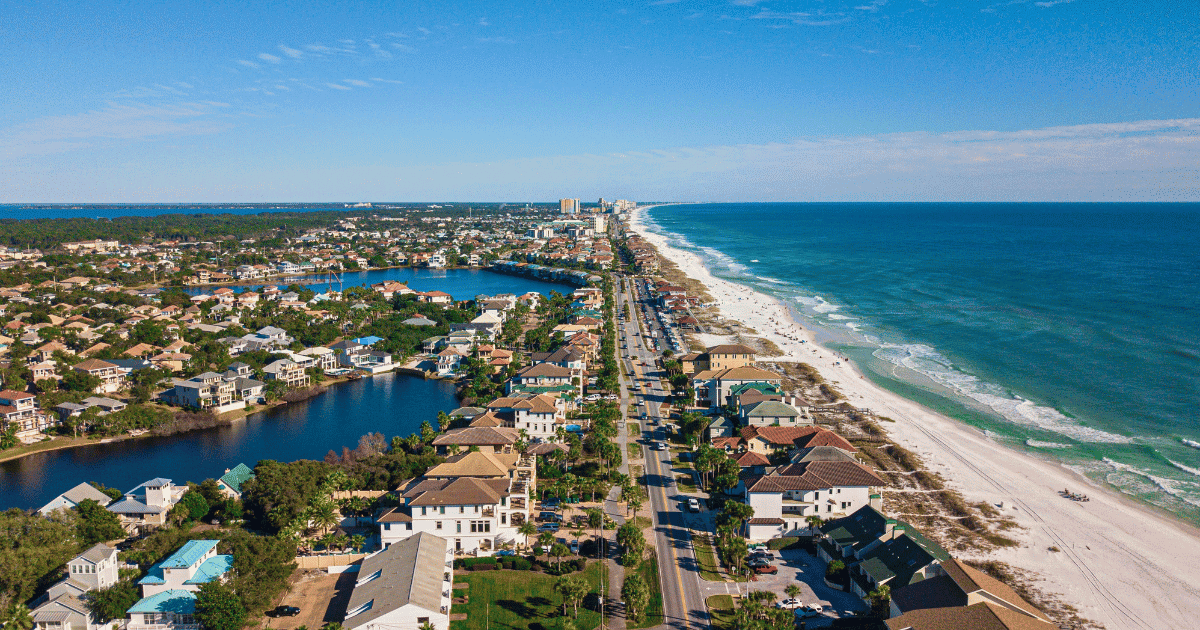
Florida is the Sunshine State and rum-drenched gateway to the Caribbean. Florida’s flat landscape, with Everglades, swamps, and a tropical climate, makes it the current No. 1 sugarcane producer in the U.S. The Spanish introduced sugarcane in 1565, laying the foundation for a rich rum trade history. From Prohibition-era smuggling to the vibrant rum scene today, Florida’s proximity to the Caribbean has played a significant role. In 2013, a rum distillery in Key West kickstarted the modern era, and today, Florida boasts over 50 rum producers to explore.
South Carolina’s diverse geography features the Blue Ridge Mountains, coastal plains, and the Atlantic Ocean. Charleston’s dark history as North America’s largest slave trade port in the 1700s is intertwined with rum trading and distilling. Prohibition saw rum-running thrive along the long coastline, with supply from the Bahamas and Cuba. Craft distilling re-emerged in 2008, and today, South Carolina boasts a vibrant rum scene with a unique historical perspective.
North Carolina’s landscape encompasses the Appalachian Mountains, the Piedmont region, and the Atlantic coastal plains. The nickname “The Tar Heel State” reflects its historical tar production from pine trees for shipbuilding. Distilling traditions in North Carolina focus on applejack and moonshine, with bootlegging and rum running along the coast during Prohibition. Since 2011, a thriving craft rum scene has emerged, highlighting the state’s innovative spirit.
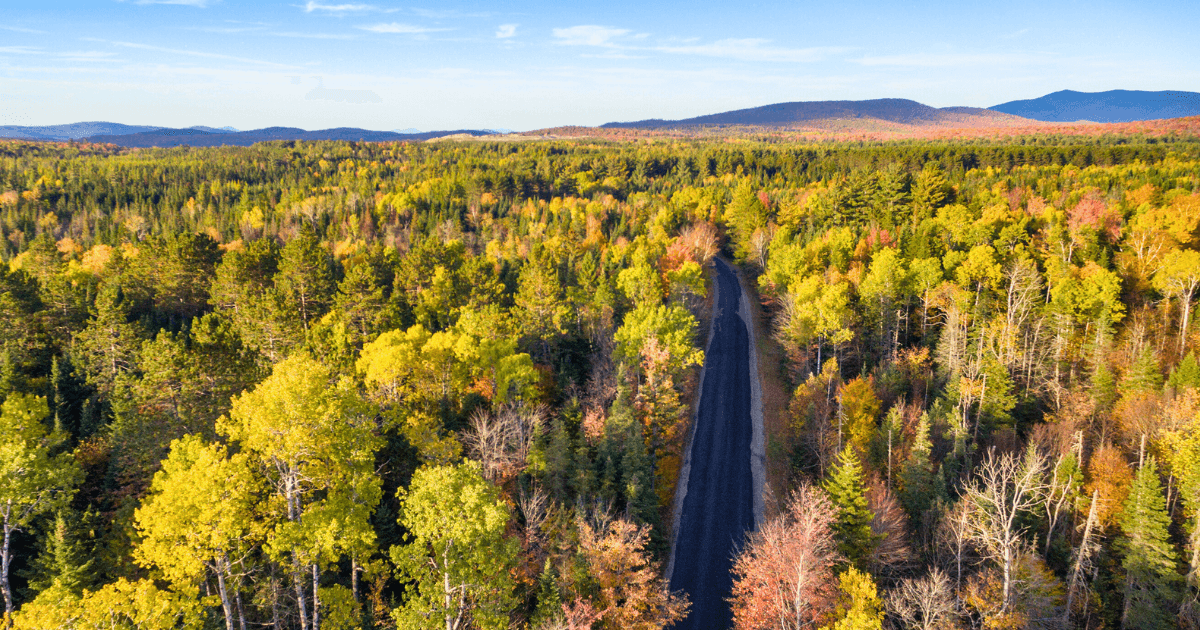
North East
Maryland’s landscape slopes eastward from the Appalachian Mountains, coastal plains, and the Chesapeake Bay, the largest estuary in the USA. Uniquely, Maryland defied Prohibition enforcement in the 1920s, making Baltimore speakeasies a prime destination for rum runners. This legacy continues as Maryland’s Eastern Shore became home to one of the pioneering modern American rum producers, launched in 2012.
Pennsylvania, the Keystone State, is also defined by the Appalachian Mountains, plateaus, forests, and the presence of the Great Lakes and major rivers like the Delaware and Susquehanna. Distilling has a long history here, with records of at least 14 distilleries in Philadelphia by 1770 and an estimated 3,000 operating across the state in the 1800s. While rum isn’t the traditional spirit, Pennsylvania’s distilling heritage paves the way for its exploration in the modern craft rum scene.
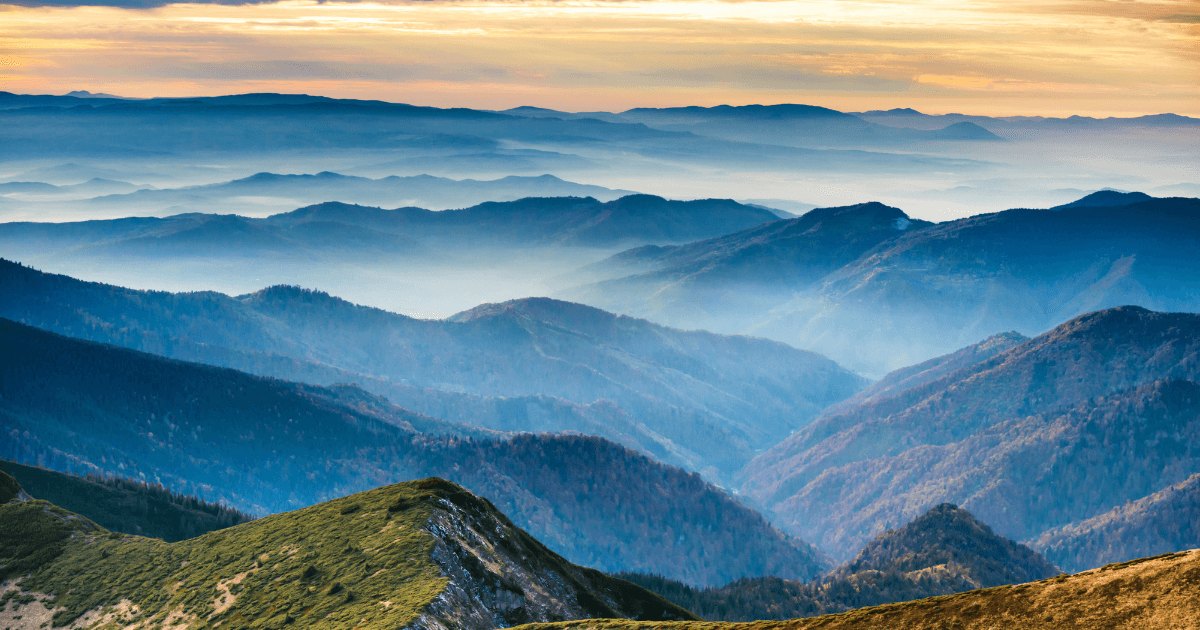
Virginia’s diverse landscape features the Blue Ridge Mountains, rolling hills, and the Chesapeake Bay’s coastal plains. The state boasts a rich distilling history, with the first recorded distillery dating back to 1620. Interestingly, even George Washington distilled at Mount Vernon, though not rum. Rum gained popularity with troops during the American Revolution. Prohibition saw a boom in rum running along the extensive coastline to supply cities. In 2007, a distillery producing rum kickstarted the current rum revival in Virginia.
New Jersey’s landscape varies from forested mountains and coastal plains to pine barrens and sandy beaches. The state played a significant role in rum history with its long Atlantic coast, and proximity to major cities like New York and Philadelphia; facilitating molasses and rum trade in colonial times. This connection continued during Prohibition, as New Jersey became a hotbed for rum-running. The recent craft rum revival saw a new distillery open in 2014, showcasing the state’s continued interest in rum.
New York, The Adirondack & Appalachian Mountains, forests, extensive waterways, and cold winters in the north mean it’s not conducive to sugarcane. In the 1789 inauguration of the first president, George Washington in New York City, they celebrated with a barrel of Barbados rum! In the 1920s Prohibition era, there was rum running along the coast from Canada, and the Caribbean to supply New York City speakeasies. In 2012, a distillery in Brooklyn kickstarted the recent craft rum scene here.
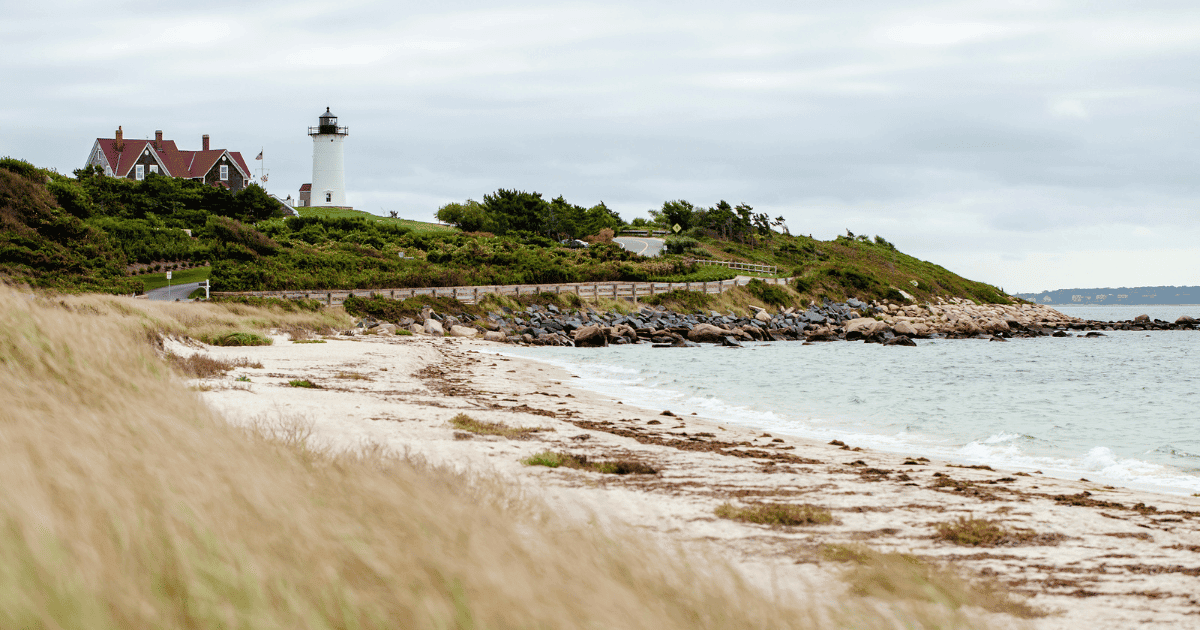
Massachusetts From the Western Berkshire Hills, uplands, valleys, and cool low coastal plains sweeping to the Atlantic Ocean, Boston harbour & Nantucket Island. The Bay State is where New England was first established. In the 1620s, the English settled and traded molasses & rum, becoming the second leg of the Triangular Trade, which peaked in the 1770s in Medford near Boston. In the 1920s Prohibition era, Boston rum running on Cape Cod linked Canada to the North and NYC to the South. Then, in 2006, a rum distillery kickstarted the modern New England rum style.
Vermont’s northeastern green mountains, forests, lakes, rivers, and fertile valleys. continental climate. In the 1810s, the first distilleries in the state were established, exporting to New England and New York. In the 1920s Prohibition era, the extensive border with Canada, rum runners by water through the Great Lakes. In 2001, a distillery opened and made rum from 2004.
Maine’s rocky coastlines, forests, and cool climates, border Canada, and the Atlantic Ocean. In 1632, the first settlers arrived in Portland at Clay Cove, which became an important port. Trade included rum, and early local colonial rum distilling was on primitive pot stills making high-proof spirits. In 1855, the Portland Rum Riot, or the Maine Law Riot, happened because the mayor had stashed the rum away. In the 1920s Prohibition era, rum runners traded on fast boats from Newfoundland Canada to supply speakeasies in cities. Then, in 2014, a rum distillery opened, reviving the scene here.
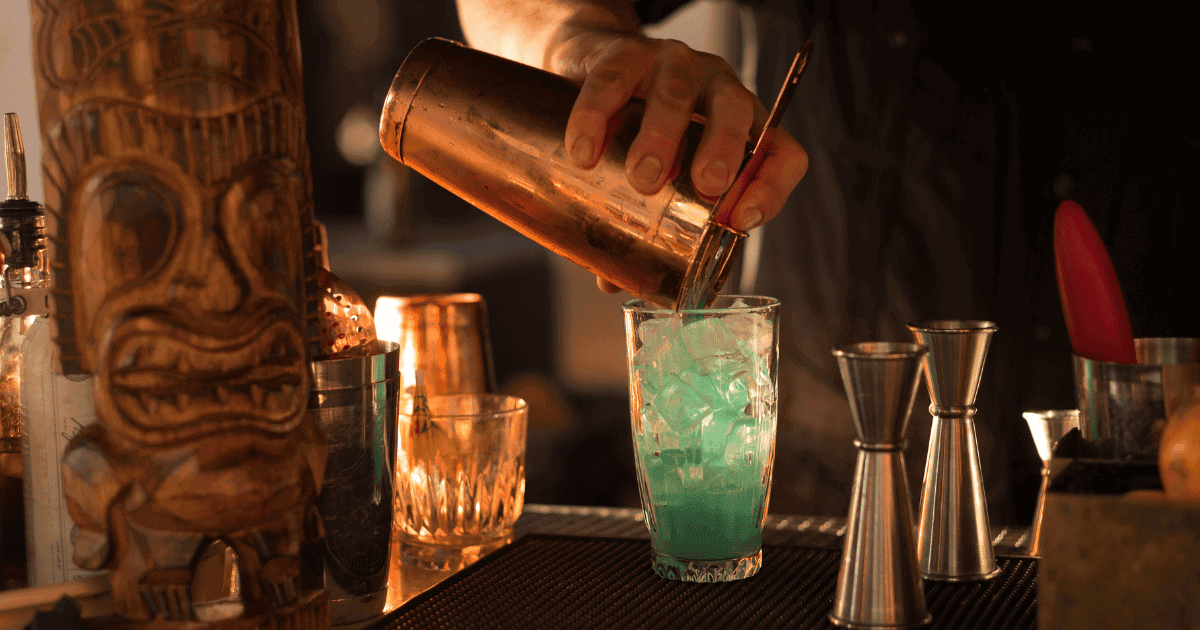
American Cocktail Culture
From Jerry Thomas’ pioneering 1862 bartender guide to the formation of classics and the tools used to make them, the US has created many of the classics we know today. Prohibition-era bartenders played a pivotal role in shaping rum’s popularity. Then, Don the Beachcomber, Trader Vic, and exotic Caribbean cruises popularised tropical drinks at home.
However, long before this, a pre-cocktail era drink called The Stone Fence has a fascinating history, with records showing Vermont troops downing a mixture of rum and hard cider before their surprise attack on Fort Ticonderoga in 1775. Fuelled by rum, this simple yet potent drink played a pivotal moment in American history. By the 1800s, rye whiskey had replaced rum in the recipe, and the Stone Fence had faded.
Thankfully, you can rediscover this delicious rum cocktail as a Stone Fence is incredibly easy to make. Fill a glass with ice, add your favourite American rum, and top it off with a high-quality craft hard cider and a dash of bitters. Ask for it on your next rum bar visit.
American-made rum is on the rise and still growing. Rum distilleries and bars are located in most major towns and cities. This article introduces a series of in-depth state-by-state rum guides to the USA and shares its vast geography. In a new era of America first, people throughout the states can now find where local rum is made and a place to enjoy this fine spirit – the original spirit of America.
Dive deeper into each state with our state Rum Guides
For more general travel advice on US Tourism
For travel planning use our state-by-state United States Rum Map
Image credits to Canva Pro and user contributions.
